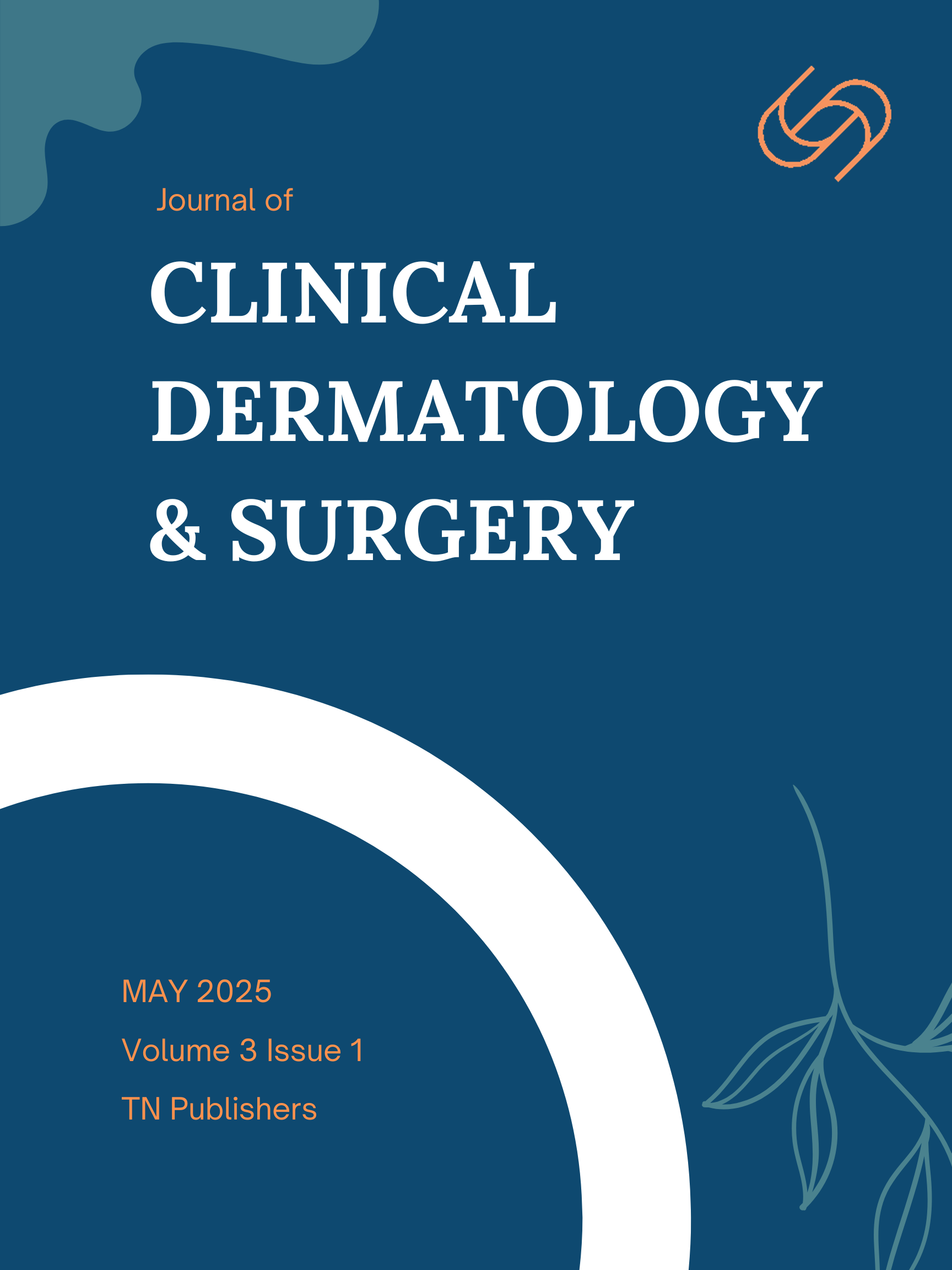Abstract
Permethrin is commonly used as the first-line treatment for scabies, but there are increasing reports of treatment failure, raising concerns about resistance and effective management. This systematic review of case reports and case series examines eight studies documenting 31 cases of permethrin-resistant scabies. Studies were included if they documented clinically confirmed scabies with treatment failure following permethrin use. Data extraction and quality assessment followed PRISMA guidelines, with a narrative synthesis conducted to evaluate resistance mechanisms and alternative treatments. The evidence points to genetic mutations in scabies mites and possible tolerance mechanisms as reasons for these treatment failures. Mutations in the voltage-gated sodium channel gene, a target of permethrin, have been identified as a key factor contributing to resistance. The cases described come from a variety of populations, which underscores the broader public health challenges this resistance presents. In resistant cases, alternatives like oral ivermectin have been shown to be effective, offering a potential solution. New drugs, such as moxidectin, are currently under development and have shown promise in preclinical studies as possible treatments for resistant scabies. It is crucial to conduct more research to understand how this resistance develops comprehensively, assess alternative treatment options, and create strategies to address the rising concern of permethrin-resistant scabies. Addressing permethrin resistance requires investigation into genetic and biochemical resistance mechanisms, coupled with the development of targeted therapeutics, to ensure the continued efficacy of scabies treatments and protect global public health.

